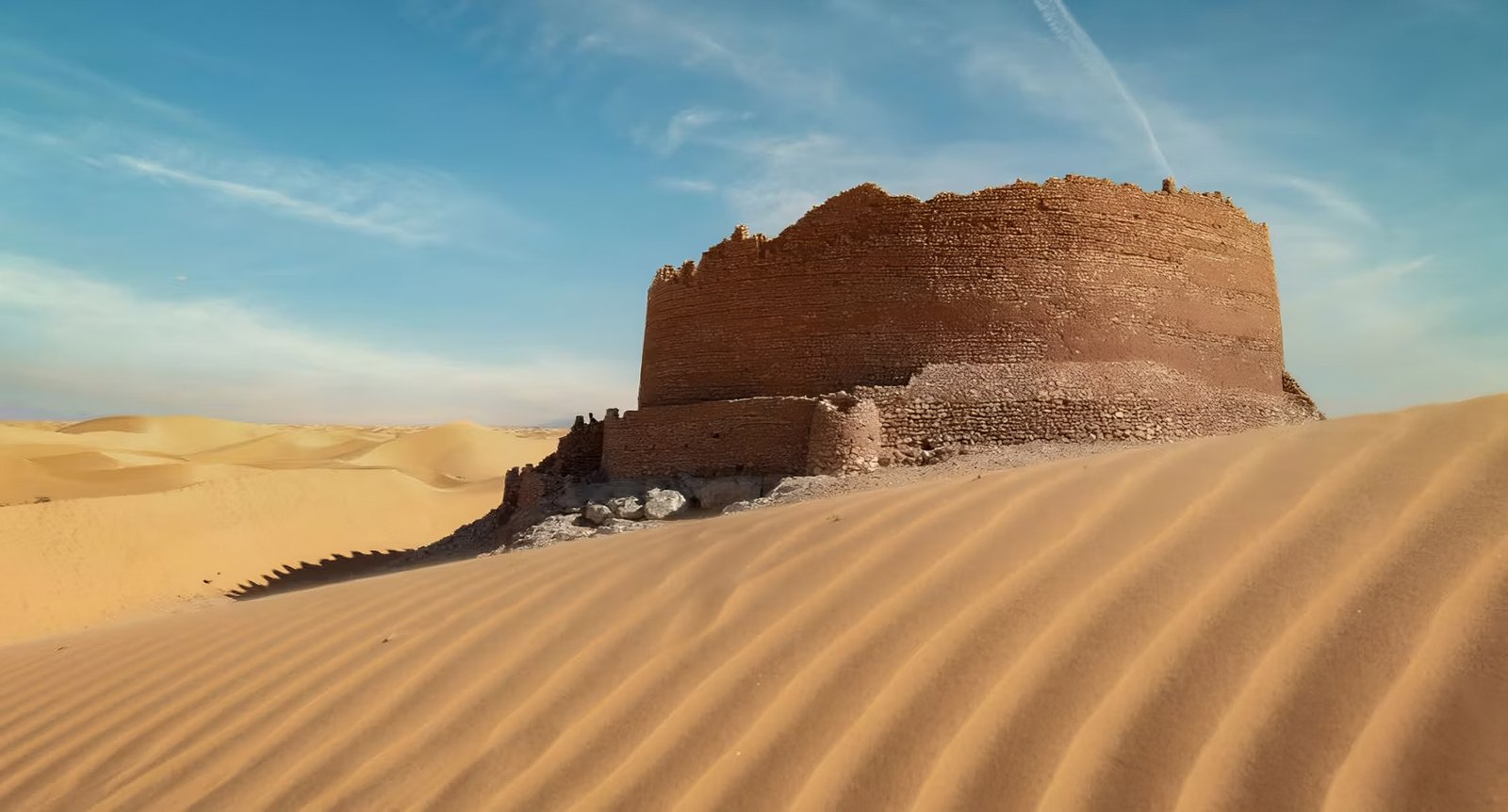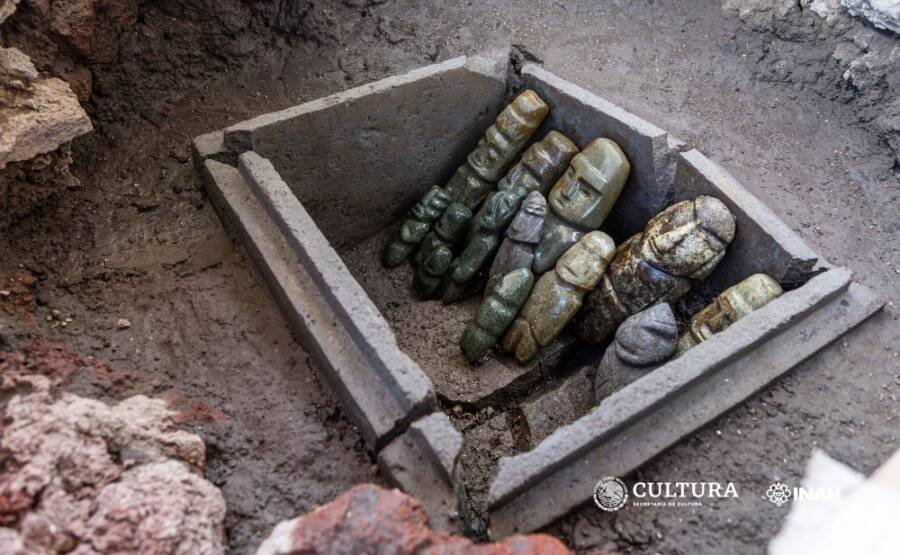Carbon 14 experiments confirm that Iranian civilization began around 6000 BC. But these experiments show that prehistoric man lived in Iran as far back as 10,000 BC. It seems that advanced man around 6000 BCE had an understanding of animal breeding as well as a systematic agricultural livelihood.
The clay pots and polished stones decorated with paint show that the society at that time was a balanced and colorful society. Archaeological excavations in the Lurestan area have uncovered tools and tools made of brass around 3000 BC. This was one of the milestones in Iran’s development.
The cradle of Iranian civilization was the Mesopotamian civilization, fed by the Euphrates and Tigris rivers. We know that the establishment of rules and the beginning of writing took place during this period. One nation that could compete with the Jews then as well as today is the Persians, also known as the Iranians.
The reason for this must have been their advanced civilization, as mentioned in the first article.
Fifty years after King Nebuchadnezzar expelled the Jews from Babylon, an Iranian king who ruled Babylon at that time helped the Jews return to Jerusalem. It is said that these returning Jews then, in turn, proclaimed their legal system, the Old Testament.
It is not clear what the origin of the Old Testament was. It is more likely to have been brought from Egypt than it was written by Moses. It is said to have been written by an Egyptian pharaoh named Akneton. These Aryans, or Iranians who followed the Old Testament, were of two parts. They are the ‘Medes’ and the ‘Persians’.
It is also believed that these Aryans came to Iran from Central Asia.
Another nation in this province is of importance. That is, they are the ‘Hitties’ in the country now known as ‘Turkey’. Their civilization goes back to about 2800 BC. Between 2600 and 1200 BC, the Hittites reduced the struggle of the Gentiles to Europe, as the ‘Land of the Hittites’, or present-day ‘Turkey’, lies between Asia and Europe.
Their communication was also done with clay panels. One of these clay tablets mentions that the iron needed by a pharaoh in Egypt was given to him by the Hittites. Probably one of the first nations to use iron before or concurrently with the Assyrians was the ‘Hittites’. Today they are known as Turks.
The Aryan group is made up of many European nations. Central Asia should be the first place of this human race. One group of them migrated to India. The other group migrated to Western Europe via Russia. Some migrated to Britain, some to Italy, France, Greece and Spain.
But it is clear that these transitions did not take place in the same time frame.
These Aryans fought with other Aryans. There are times when they annihilate each other, as well as times when they mix together.
Here another group migrated between the south and the west, to what is now known as the Persian Gulf, to the southwest. An important part of this group was the Aryans of Medes. They established a kingdom called the ‘Median Empire’ in the mountains to the north between the Persian Gulf and the Black Sea.
Meanwhile, they fought with the Assyrians.
The other type of Aryans were the ‘Persian Aryans’. In 560 BC, King Cyrus of Persia fought against the Medes, subdued them, led his army eastward, and defeated King Nebuchadnezzar, then king of the Chaldeans and Neo-Babylonians.
This was the time when the Buddha was born in India. That is, that period was from 563 BC to 480 BC.
The Aryans of Persia did not stop there.
They extended their horizons to the east, to the borders of India, to the west, to the Nile in Egypt, and to the north to Europe. This was the time when Buddhism began to spread to Iran. Also, the Persian Aryans expanded their kingdom even further than the Assyrians. There was a provincial form of government, governed by a king.
The Persian Aryans did not engage in art or writing. Their alphabet was the alphabet of the Chaldeans. Art and architecture belonged to the nations subjugated by the Aryans. But the methods they brought to power were excellent. They built big roads. They were especially involved in these activities to facilitate trade with neighboring countries.
Like China, they created ‘coins’ for the circulation of money. Gold coins were minted by King Darius I. Their religion, which had an author named ‘Zorostar’, was relatively free. There are similarities in Buddhism here.
Some of the concepts of this religion were also adopted by the Jews and were later added to the Old Testament. A special feature of the Persian Aryans was that they did not approve of slavery.
The Persian Aryans’ attempt to invade Europe failed because of the Greeks.
Before describing it, it is worthwhile to inquire a little about these Greeks. Tribesmen who immigrated to Greece and surrounding countries around 2000 BC did not know how to write. So it is difficult to understand that time. But around 1200 BC, these tribes were generally known as the Greeks.
Later they learned to build ships as well as to navigate ships.
They sailed to Cyprus, Egypt, Spain, and southern France. The Black Sea surrounded the cities where they lived. They also populated the coastal provinces of southern Italy and much of Sicily. That is, when it comes to the Greeks, they were not limited to Greece. They could not be called the ‘Greek Nation’ or the ‘Greek Empire’.
The Greeks had never achieved political unity. Instead of kings, they had only leaders like shepherds. When one of those leaders seemed unworthy, it was customary to remove him from power and appoint another.
They always lived freely in the cities. This was similar to the Muslims around the world today and their behavior. That is, when the Greeks in one province were in trouble, a group of Greeks in another province spoke up for them. As a result, they were despised by other nations at that time.
Therefore, when thinking about the civilization of Greece, they should think proudly of their own people, speak the same language, have the same abilities and call other people ‘savages’.
They tried to avoid mixing with other nations. But in some cities, for example, the Greeks in Athens were slightly different people.
It was only later that Greek art gained beauty and the Greeks built high-level works of art. They acquired that ability from the Phoenicians or Carthaginians.
We will discuss that in a later article.











2 thoughts on “Human History 5 – Persians, Aryans, Turks and Greeks”
Wow, superb weblog structure! How long have you
ever been running a blog for? you make blogging look easy.
The whole look of your web site is excellent,
let alone the content material! You can see similar: dobry sklep and here sklep online
It’s very interesting! If you need help, look here: hitman agency